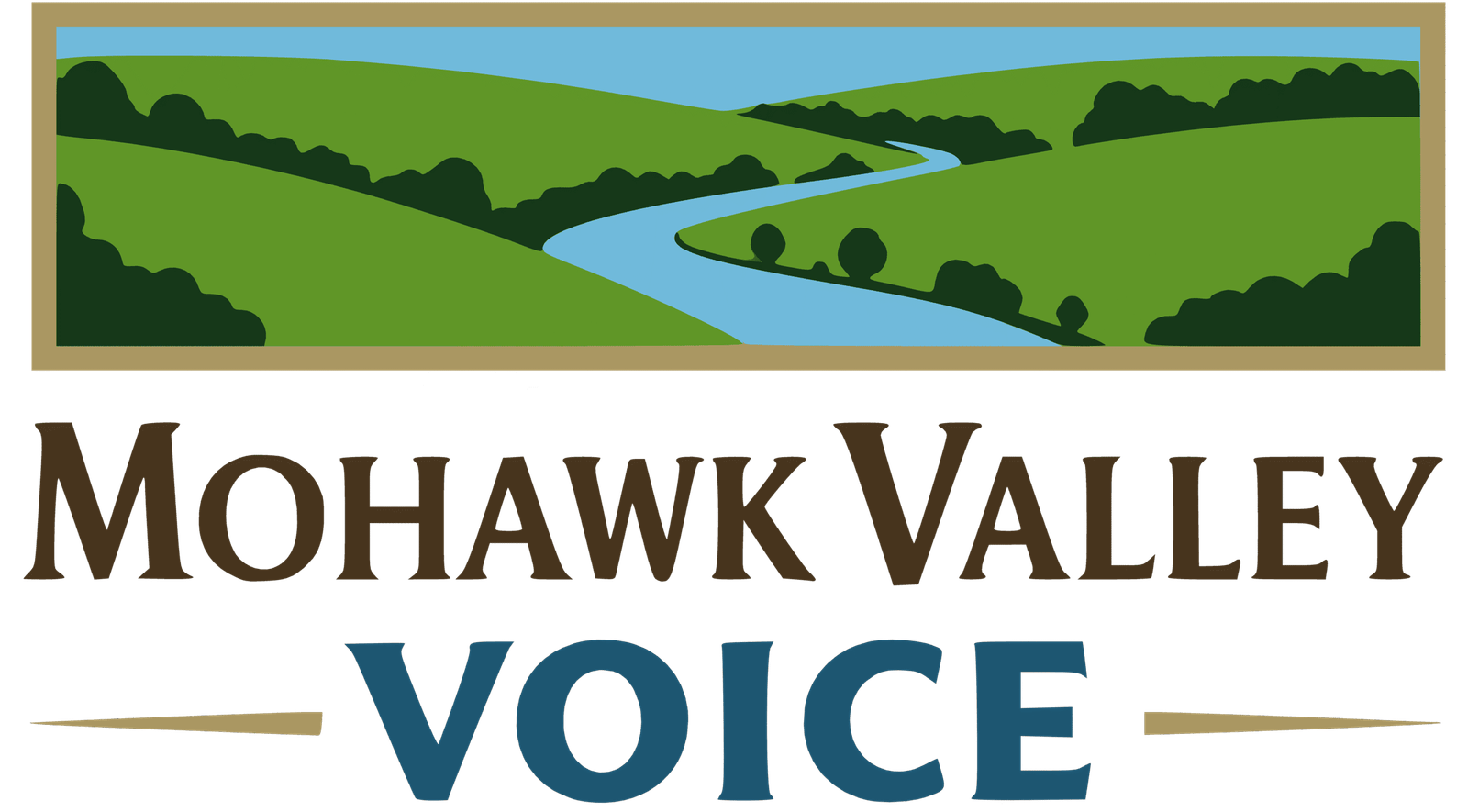Air Quality Tracked by DEC Meteorologists Using Data from More Than 50 Sites Across New York State
Governor Kathy Hochul today issued an update on the State’s comprehensive air monitoring efforts to track air quality statewide and keep New Yorkers safe. New York State is updating an Air Quality Health Advisory for ozone today, Monday, August 4, for the Long Island and New York City Metro regions. The advisory for fine particulate matter pollution remains in effect for the New York City Metro, Lower Hudson Valley, Upper Hudson Valley, Adirondacks, Eastern Lake Ontario, and Central and Western New York regions due to the impact of smoke from wildfires in Canada. With weather patterns anticipated to bring more spikes in smoke in certain regions tomorrow, New York residents and visitors are reminded to include air quality awareness in their daily warm weather routines.
“New York continues to track air quality conditions across the state, and people in certain areas may notice visible smoke throughout the day,” Governor Hochul said. “As temperatures climb during the summer months and less predictable factors like distant wildfires occur, I strongly encourage New Yorkers to stay informed and prepare for changes in air quality and take appropriate precautions to stay safe and protect themselves and their families by paying attention to the State’s Air Quality Health Advisories.”
The New York State Department of Environmental Conservation (DEC) provides daily air quality forecasts to ensure air quality information is available at New Yorkers’ fingertips. While New York State has some of the nation’s most stringent air quality regulations to reduce air pollution and protect public health and the environment, there are certain days that ozone or particulate matter can impact air quality.
Using data collected from more than 50 sites across the state, DEC and Department of Health (DOH) issue Air Quality Health Advisories when DEC meteorologists predict levels of pollution, either ozone or PM2.5, are expected to exceed an Air Quality Index (AQI) value of 100. The AQI was created as an easy way to correlate levels of different pollutants to one scale, with a higher AQI value indicating a greater health concern.
New Yorkers are encouraged to check airnow.gov for accurate information on air quality forecasts and conditions. Information about exposure to smoke from fires can be found on DOH’s website.
AQI Health Guidelines
AQI health guidelines are associated with recommendations to protect impacted populations.
- 0-50: Good – Air quality is considered satisfactory and air pollution poses little or no risk.
- 51-100: Moderate – Air quality is acceptable. However, for some pollutants there may be a moderate health concern for a very small number of people who are usually sensitive to air pollution.
- 101-150: Unhealthy for Sensitive Groups – Members of sensitive groups may experience health effects. The general public is not likely to be affected. Sensitive groups include people with asthma, heart or lung disease, older adults, children and teenagers, minority populations, and outdoor workers.
- 151-200: Unhealthy – Everyone may begin to experience health effects. Members of sensitive groups may experience more serious health effects.
- 201-300: Very Unhealthy – Health alert. Everyone may experience more serious health effects.
- 301-500: Hazardous – Health warnings of emergency conditions. The entire population is more likely to be affected.
An Air Quality Health Advisory for PM2.5 was issued for today, August 4, for New York City Metro, Lower Hudson Valley, Upper Hudson Valley, Adirondacks, Eastern Lake Ontario, and Central and Western New York. In addition, the Air Quality Health Advisory was updated to include ozone for New York City Metro and Long Island. The advisory remains in effect through 11:59 p.m.
The AQI is forecasted to exceed 100, and in some areas, could go above 150 momentarily. When the AQI is above 100, air quality may be unhealthy for sensitive groups, including children, teens, older adults, people with heart or lung disease, and outdoor workers. An AQI above 150 means the air is unhealthy for everyone. We urge everyone, especially those in sensitive groups, to check their local AQI and take precautions as needed.
New York State Department of Environmental ConservationCommissioner Amanda Lefton said, “To stay safe and healthy, New Yorkers must be Air Quality Aware this summer as we continue to see impacts from the Canadian wildfires and ozone formation. DEC continues to track air quality across the state and works with our partners at the Department of Health to keep the public informed about how to protect themselves and their families and reduce their exposure to air pollution. Stay up to date with DEC’s website or trusted sources like EPA’s AirNow app, which uses air quality data provided by DEC’s statewide monitoring network.”
New York State Health Commissioner Dr. James McDonald said, “Poor air quality can pose serious health risks — especially for those with heart conditions, lung diseases, such as asthma, young children, those over 65 years old and pregnant individuals. To reduce exposure, limit strenuous activity outdoors. We encourage all New Yorkers to visit airnow.gov for the latest air quality forecast and be on the lookout for Air Quality Health Advisories from the Department of Environmental Conservation and the Department of Health.”




